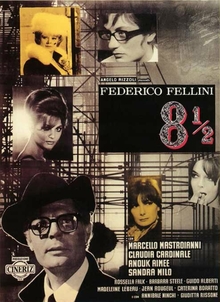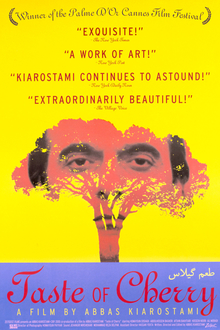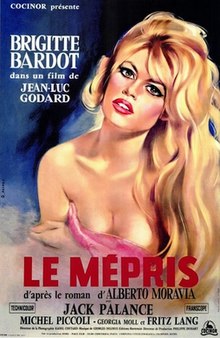 Contempt (1963)a film by Jean-Luc Godard
Contempt (1963)a film by Jean-Luc GodardA voice reading the credits while on the screen a dolly unit makes a travelling takes of an actress walking on a set sparkled with bright colours make the perfect prologue for a movie that is brilliant in its execution and touches deeply in to the soul and lingers in the mind after in ends.
I remembered
8 1/2 as this is also the story of a character working in the movie industry and facing the issues of creative production and personal life. This time it is Jean Piccoli playing Paul, a scriptwriter hired by an pretentious American producer to rewrite some of the scenes of his film, an adaptation of The Odyssey directed by Fritz Lang, generating problems between Paul and his wife, the dazzling Brigitte Bardot.
This movie is amazing in many levels. Visually it is brilliant, the bright colours contrast and the beauty of the images enhance the tragedy that is this story. To take home are the amazing travelling takes in Cinecittá, the amazing scene with Pail and Camille in their apartment with beautiful colours and creative camera movements, and finally the beautiful Villa Malparte with its Mayan temple steps and red walls contrasting with the blue Mediterranean. Godard in colours is an experience worth seeing, there is possibly not other director that handles such bright tones with so much versatility and dramatic intention.
On the other hand there is a brilliant cast. Jack Palance is great on the role of the tyrant American producer which he delivers with so much energy. Fritz Lang is amazing and it is quite a memory to see him on the screen, such a gentleman and such an intellectual and also such a firm director, I will take his advice and try to watch M soon. There is Jean Piccoli in the role of the script writer, he depicts the pride of the intellectual on his work and in his status, so confident when allowing his wife to become prey of the producer but so willing to sell himself for a large amount. And there is Brigitte Bardot, so beautiful and such a presence on the scenes, she is great playing the wife, disappointed and proud, she personalizes the contempt.
This is a brilliant film and so rich I don't think just one time will do enough for this story. I look forward the second time, with the colours, and Cinecittá ,and the great lines, and Fritz Lang. This is not an easy film so is worth giving it sometime, a nice screen to enjoy the colours and an open mind to let it flow.






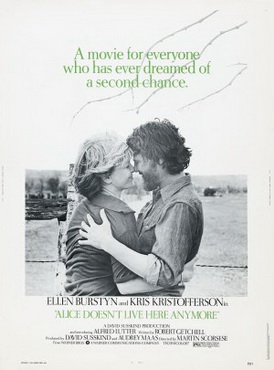

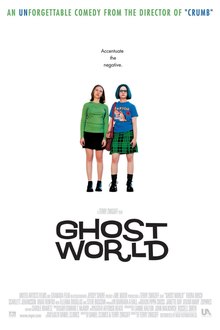










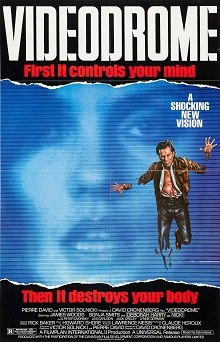

 Love Crime (2010)
Love Crime (2010)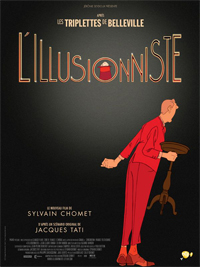 The Illusionist (2010)
The Illusionist (2010) Norwegian Wood (2010)
Norwegian Wood (2010) Our day will come (2010)
Our day will come (2010) Miral (2010)
Miral (2010) Balada Triste de Trompeta (2010)
Balada Triste de Trompeta (2010) Attenberg (2010)
Attenberg (2010) The Big Picture (2010)
The Big Picture (2010)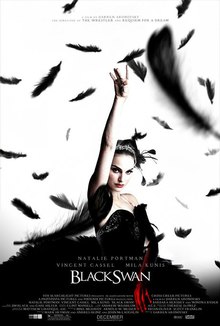 Black Swan (2010)
Black Swan (2010) The Housemaid (2010)
The Housemaid (2010)

